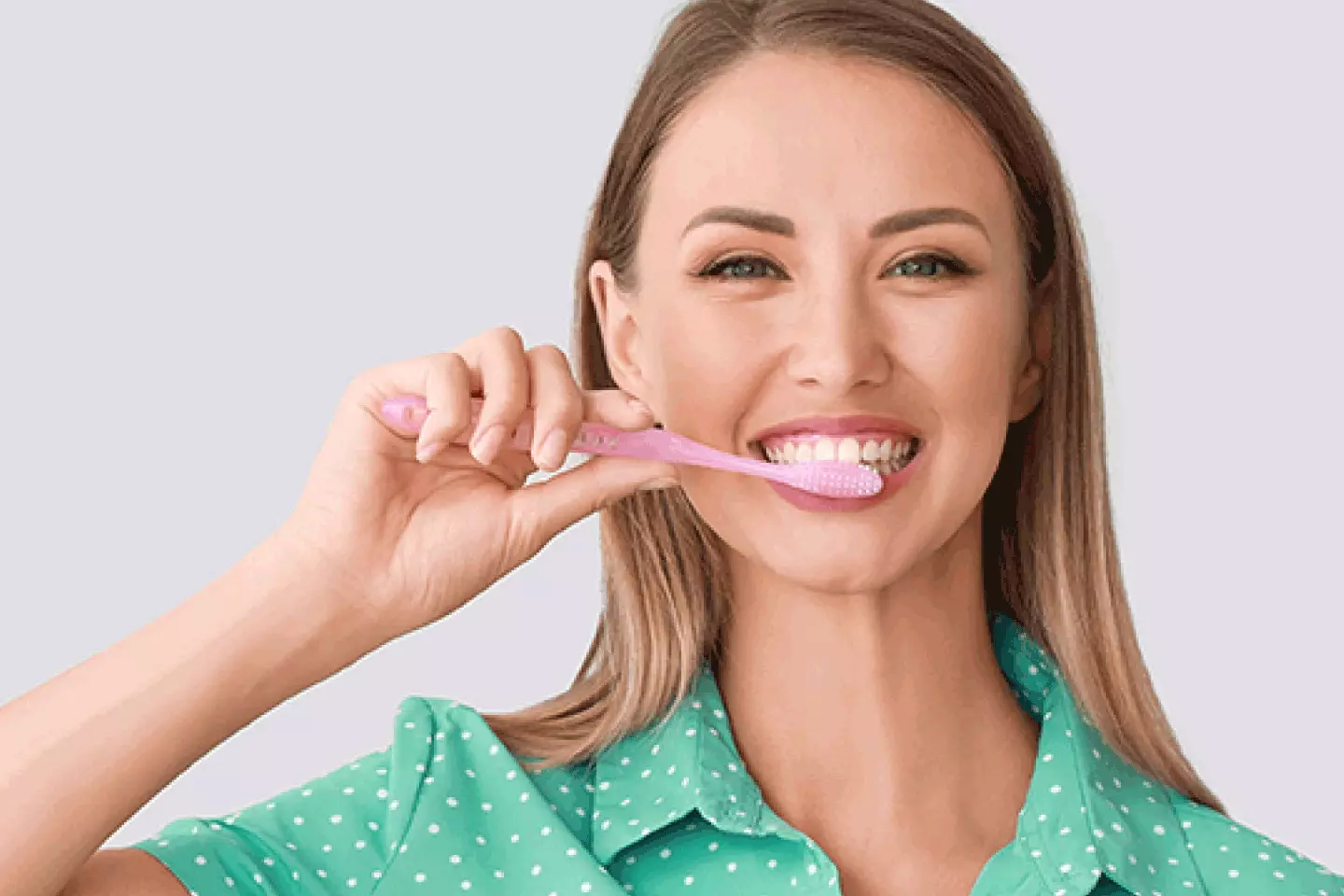Home Care

At Gen Z Dentistry in Glendale, NY, our mission is to help you achieve and maintain optimal oral health throughout your life. While regular dental visits are essential, your home care routine plays a significant role in preserving your beautiful smile and ensuring the health of your teeth and gums. In this comprehensive guide, we'll explore the essential home care tips recommended by our expert team of dentists and dental hygienists. Following these guidelines, you can enjoy a lifetime of radiant smiles and excellent oral health.
Home Care Basics
A healthy smile starts with a foundation of good oral hygiene habits. Proper home care helps prevent dental issues and contributes to overall well-being. Here are some fundamental home care tips to incorporate into your daily routine:
Balanced Diet: Nutrition plays a vital role in maintaining oral health. A diet rich in fruits, vegetables, lean proteins, and whole grains provides essential vitamins and minerals for strong teeth and gums. Calcium-rich foods like dairy products, leafy greens, and almonds promote strong enamel and bone density. At the same time, crunchy fruits and vegetables stimulate saliva production, helping to wash away food particles and neutralize acids that can lead to decay.
Limit Snacking: Frequent snacking throughout the day can increase the risk of dental decay. When you consume sugary or acidic snacks, the bacteria in your mouth produce acids that attack tooth enamel, leading to cavities. Limiting snacks between meals and choosing healthier options like fresh fruits, vegetables, and nuts can help protect your teeth from decay and maintain a balanced oral environment.
Tooth Brushing Techniques
Regular brushing is essential for removing plaque, bacteria, and food debris from the surfaces of your teeth. Proper brushing techniques ensure thorough cleaning and promote gum health. Here's how to brush your teeth effectively:
Brush at least twice a day, ideally after breakfast and before bedtime, using a soft-bristle toothbrush and fluoride toothpaste. Choose a toothbrush with a small head and a comfortable grip to reach all areas of your mouth.
Angle the toothbrush bristles at a 45-degree angle towards the gum line and use gentle, circular motions to clean the outer surfaces, inner surfaces, and chewing surfaces of your teeth. Pay special attention to hard-to-reach areas, such as the back molars and behind the lower front teeth.
Brush each tooth for at least two minutes, thoroughly covering all surfaces. Use short, gentle strokes and avoid applying excessive pressure, as this can damage the enamel and irritate the gums.
Don't forget to brush your tongue gently to remove bacteria and freshen your breath. Many bacteria that cause bad breath reside on the tongue's surface, so cleaning it regularly is essential for maintaining oral hygiene.
Consider using an electric toothbrush, which can remove plaque and debris with minimal effort. Electric toothbrushes with oscillating or rotating heads are particularly effective at cleaning hard-to-reach areas and may be beneficial for individuals with limited manual dexterity or orthodontic appliances.
Flossing Techniques
Flossing is essential to any oral hygiene routine, as it helps remove plaque and food particles from between the teeth and below the gum line. Proper flossing techniques are crucial for maximizing effectiveness and preventing gum disease and tooth decay. Here's how to floss your teeth correctly:
Use a piece of dental floss about 18 inches long and wind it around your middle fingers, leaving a few inches of floss between them. Use your thumbs and forefingers to guide the floss gently between your teeth, moving it in a back-and-forth motion to clean the sides of each tooth.
Curve the floss into a "C" shape around each tooth and gently slide it up and down below the gumline to remove plaque and debris. Be careful not to snap the floss or force it between the teeth, as this can cause irritation or injury to the gums.
Use a clean section of floss for each tooth and rinse your mouth thoroughly with water after flossing to remove any loosened plaque or debris. If you have difficulty using traditional floss, consider using floss picks or interdental brushes, which can be easier to maneuver and may provide better access to hard-to-reach areas.
Rinsing and Additional Dental Aids
In addition to brushing and flossing, rinsing with an antimicrobial mouthwash can help reduce plaque buildup and freshen your breath. Look for a mouthwash that contains fluoride to strengthen tooth enamel and protect against cavities. Rinse your mouth with mouthwash for 30 seconds to one minute after brushing and flossing, swishing it around your mouth to reach all areas, including between the teeth and the gumline.
In addition to mouthwash, your dentist may recommend other dental aids to improve your home care routine. Interdental brushes, rubber tip stimulators, tongue scrapers, and water flossers can all complement brushing and flossing by removing plaque and debris from hard-to-reach areas and promoting gum health. Your dentist or dental hygienist can recommend the best products for your needs and guide their proper use.
Maintaining optimal oral health requires regular dental visits and effective home care practices. Following the home care tips outlined in this guide from Gen Z Dentistry, your trusted dentist in Glendale, NY, you can enjoy a lifetime of healthy smiles and excellent oral hygiene. Remember to brush and floss daily, eat a balanced diet, and schedule regular dental check-ups to keep your teeth and gums in top condition. Your smile is worth investing in, so prioritize your oral health and home care in your daily routine. Please schedule an appointment with Gen Z Dentistry today, and let us help you achieve and maintain the beautiful, healthy smile you deserve.


)
)

